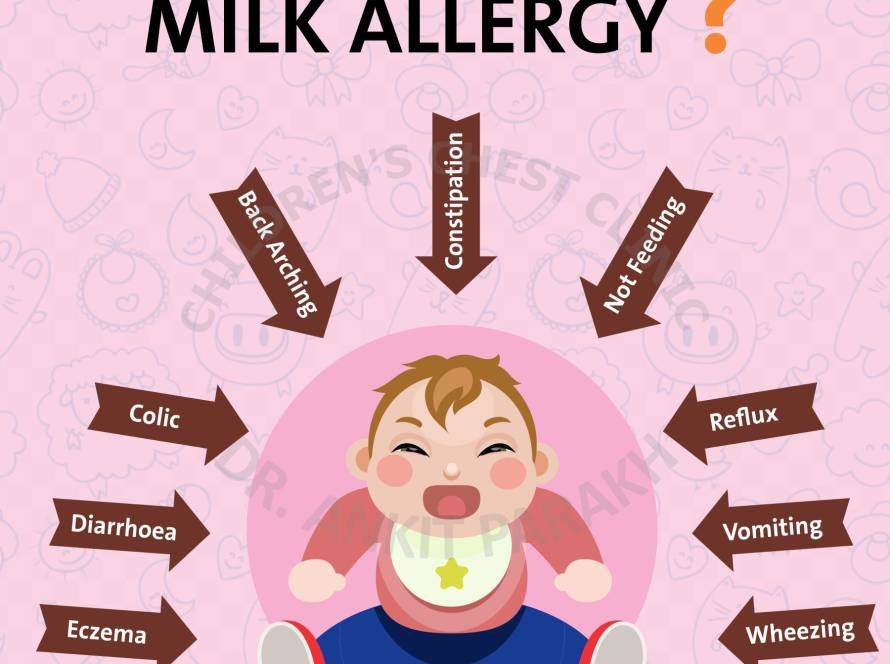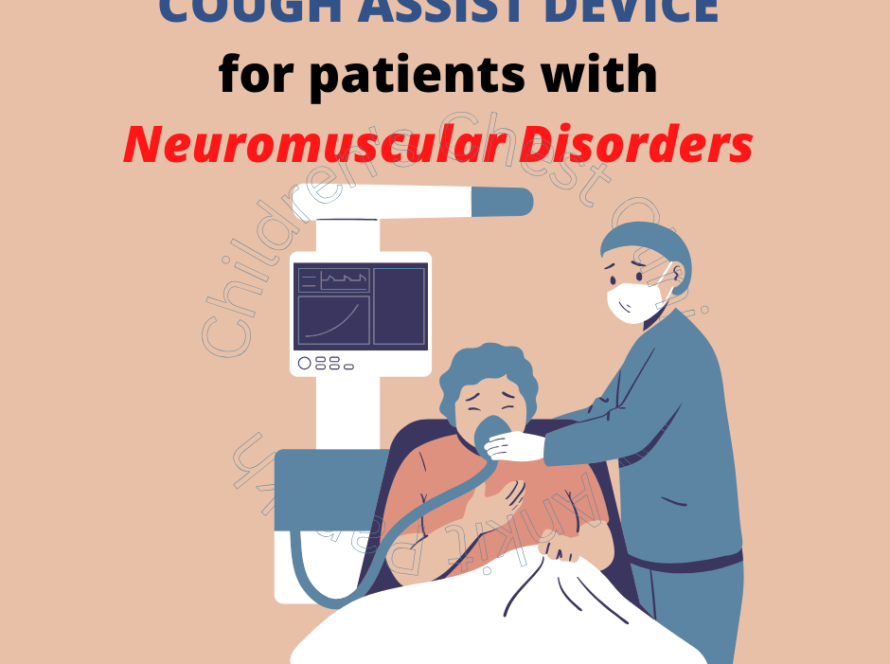Cystic Fibrosis is a genetic or an inherited condition which was mainly seen in the western countries, and is now increasingly being diagnosed in developing countries like India.
What is the genetic defect in Cystic Fibrosis?
The gene which causes Cystic Fibrosis also called cystic fibrosis transmembrane conductance regulator or CFTR gene is located on the chromosome 7. This gene makes a protein called the cystic fibrosis transmembrane conductance regulator protein which functions as a channel across various cell membranes. This channel is responsible for transport of water and ions across many cells of our body. In children with Cystic Fibrosis where the gene is defective the channel does not transport enough chloride out of the cells to the mucus layer. Hence, the amount of chloride and water is significantly reduced in the mucus layer making it thick and sticky. Although Cystic Fibrosis involves many body systems like digestive and reproductive systems, lungs are the principal site of involvement in Cystic Fibrosis.
What happens to the lungs in Cystic Fibrosis?
In healthy children a thin mucus layer helps to move dirt and bacteria out of the lungs. In children with cystic fibrosis, the mucus is very thick and sticky leading to clogging of the small airways or the bronchi of the lungs. This is a perfect environment for harmful bacteria leading to frequent lung infections in Cystic Fibrosis. Frequent and chronic lung infections in Cystic Fibrosis leads to swollen and dilated airways also called bronchiectasis. Cystic Fibrosis is the commonest cause of bronchiectasis in children in developed countries. This progressive lung damage in Cystic Fibrosis later leads to respiratory failure and pulmonary hypertension.
What are the symptoms suggesting Cystic Fibrosis?
Children with Cystic Fibrosis have a chronic wet cough or cough with sputum from a very early age sometimes since birth. Children with Cystic Fibrosis develop frequent chest infections presenting with fever, cough and breathing difficulty which many times requires hospital admissions. As lung disease progresses in children with Cystic Fibrosis, the airways get chronic infection and there is an increased volume of sputum. As bronchiectasis sets in the child they develop obstructive lung disease.
What are the microorganisms found in the lungs of children with Cystic Fibrosis?
The most common bugs in children with Cystic Fibrosis are bacteria like Pseudomonas aeruginosa, Staphylococcus aureus and Burkholderia cepacia complex, non-tuberculous mycobacteria like Mycobacterium abscessus and fungus like Aspergillus fumigatus. Many children with Cystic Fibrosis can have multiple infections at one time.
What investigations are helpful in diagnosing these infections in Cystic Fibrosis?
In older children sputum can be sent to the laboratory for detailed examination and microbiological studies. In young children who are unable to bring out sputum, a cough swab can be used. Some children with cystic fibrosis require a flexible bronchoscopy and bronchoalveolar lavage for diagnosis of these infections.
If your child is having symptoms suggestive of Cystic Fibrosis you need to get in touch with a Pediatric Pulmonologist for getting a proper diagnosis and appropriate care.







